How to monetize your audience (what we’ve learned from 60K+ creators)

If you’ve been thinking about monetizing your audience and selling online, then you’re probably wondering:
How do you come up with a monetization strategy that actually works? What products make the most money?
Well, here’s the goods news:
Everything you need to know about audience monetization—whether you want to monetize Instagram traffic or TikTok followers—is right here in this blog post. All the wisdom you need from 60,000 creators!
So, if you’re a creator or influencer looking to build a passive income stream in your niche, then keep on reading. As a bonus, you’ll also get a list of six different ways to monetize your following!
Do you need a large target audience to earn $$$?
I’m sure you’ve heard that the bigger the audience, the more money you can make (or, something along those lines). But, does that really hold water?
Let’s examine this for a moment:
We’ve seen Sellfy creators with bigger audiences than the population of Estonia (1.3M). And, we’ve also seen creators with smaller audiences that earn just as much as the ones with bigger audiences. We have even seen micro influencers that earn more than the latter.
So, what does that tell us? Do you really need a large audience to make money? Well… yes and no.
The truth is that it depends on a couple of factors:
- Audience engagement—how frequently do people interact with you and your content?
- Your niche—is there a lot of competition?
- Your influence—do you let your personality shine through?
- Market demand—is your content original and one-of-a-kind, and most importantly, in demand?
It’s also worth keeping in mind that different niches and audience sizes will have different monetization methods that work best.
For instance, recognized creators and experts tend to have an easier time promoting their business and making a profit—they don’t always need to rely on ads.
But, for a creator that has only just started, or has yet to establish themselves as an authority in a niche, ads may be the way to go for a certain time.
If that sounds like you, don’t be discouraged:
According to Gallup research, 70% of economic decision-making is emotional and only 30% is rational. In other words, profit depends entirely on getting to the heart of your customer.
So, as long as you have followers who genuinely love you and your content, your chances of making a profit are pretty high.
What makes the most money?
Honestly, there is no blanket answer to this question—the profit potential of a product, service, or any other type of monetization tool depends on a number things like volume, audience size, niche, and so on.
An average Sellfy creator in any product category or niche can earn anywhere between $500–$100K per month. For example, US-based video creator George Edmondson has been able to make six figures in sales with Sellfy.
But, what I can tell you with absolute certainty is that digital products are at the top when it comes to revenue potential. Another surprisingly profitable category is physical products (handmade or DIY items), and then print-on-demand merch.
However, it’s important to keep in mind that what makes the most money varies from niche to niche:
- Digital products tend to work best for educational content (fitness coaching, photography, cooking, etc.);
- Physical products tend to work best for various arts and crafts (paintings, fashion brands, etc.);
- Print-on-demand merch tends to work best for organizations (e.g. sports clubs) or famous personalities (e.g. musicians) with a strong brand and fan base.
- Affiliate marketing or ads can work for any content creator or influencer with a large network or online presence.
6 main ways to monetize your following
To help you find a way to monetize your audience, I’ve put together a list of six different ideas with examples. You can use this as a source of inspiration, or put your own unique spin on monetizing your audience. Regardless of the way you decide to go about it, remember that the key to conversion lies in providing value.
1. Maximize your profit margins with digital products
Selling digital products is one of the easiest ways to earn passive income (you can literally make money while you sleep). You’re also never limited to how many digital products you can sell online—it’s infinitely scalable!
For example, did you know that information products are the most popular types of digital products that people love to buy? According to Statista, user penetration of information products is expected to hit 15.9% by 2024.
You know what else is highly profitable? Digital art.
Digital art purchasing skyrocketed in 2021. In the US alone, the art market was estimated at $13.3 billion. So, I think it’s safe to say that you can easily maximize your profit margins with digital products.
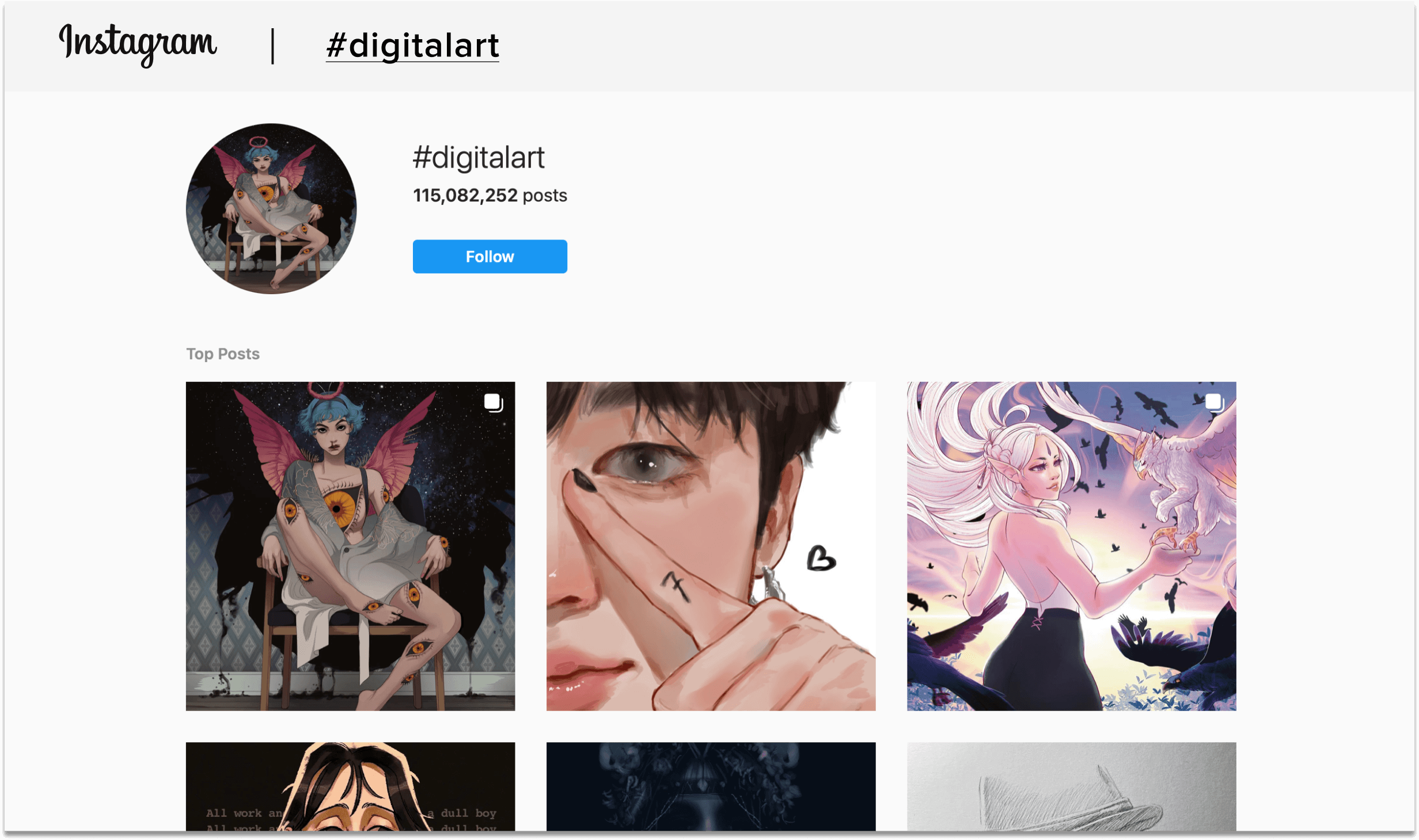
Here are a few more reasons to sell digital products:
- Cost-effective business—you don’t have to financially invest in stock or product manufacturing.
- No logistical issues—no concerns about keeping inventory, packaging, or shipping saves time.
- Endless possibilities—you can always create new digital products for any market or audience.
- Online delivery—unlike physical products that run the risk of running out of stock, digital products can be sold infinitely.
- Budget-friendly—digital assets don’t come with shipping fees the way that physical products do.
- High-profit margin—since there normally aren’t any recurring costs, you end up with more money in your pocket.
An overwhelming amount of successful Sellfy creators sell digital stuff. One such example is keto food blogger and social media strategist Ashley Renee (Messy Eats Store).
Ashley started writing and selling keto cookbooks after her food videos went viral on TikTok. The high demand for her recipes gave her the motivation to self-publish and, now, she’s able to finance her lifestyle and teach others how to go viral on TikTok.
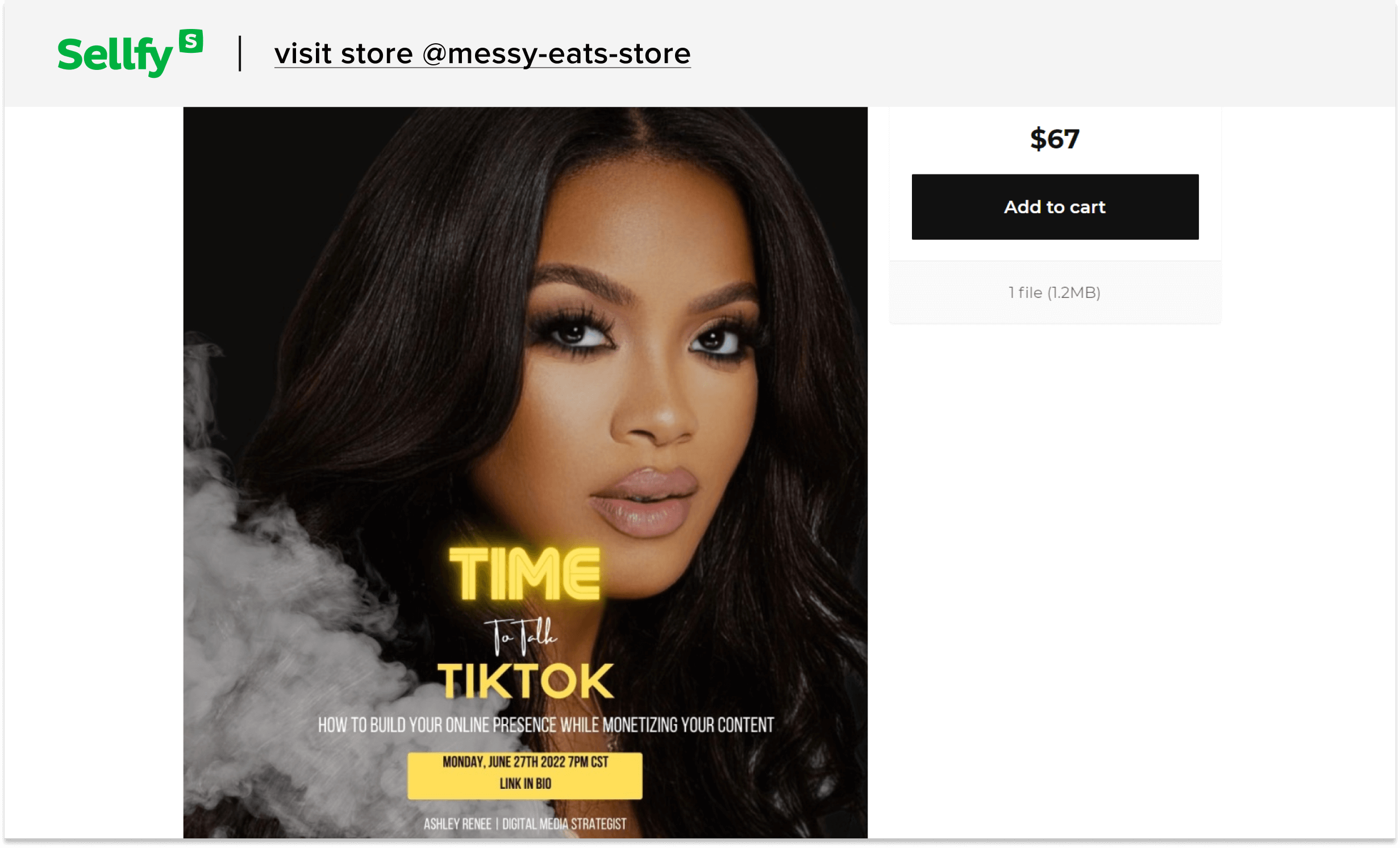
If that sounds like something that you would love to do, then feel free to sign up for Sellfy, or start a 14-day free trial. With Sellfy, you can sell digital products such as subscriptions, eBooks, audio files, video files, PDFs, and so much more.
Unlike most marketplaces, Sellfy doesn’t come with hidden transaction fees or extra costs. Moreover, Sellfy was built for creators who want to sell digital products, which makes the platform perfect for this type of business.
In addition, Sellfy has powerful sales and marketing tools, beautiful pre-made store themes, an intuitive store customizer tool, and store analytics.
2. Make loyal fans happy with print-on-demand merchandise
If you already have a fan base, then print-on-demand merch may be the perfect fan engagement and monetization tool for you.
Here’s why:
- More engagement and web traffic—selling merch will create buzz around your business and drive traffic to your website.
- A sense of community and belonging—customers who order your merch products will feel more connected with you and your brand.
- Better social media exposure—launching your own merch will increase brand awareness and recognition.
- A new way for fans to support you—most customers are more than willing to support their favorite creator by purchasing their merch.
- Passive income—selling print-on-demand merch is a low-risk way to monetize your fan base.
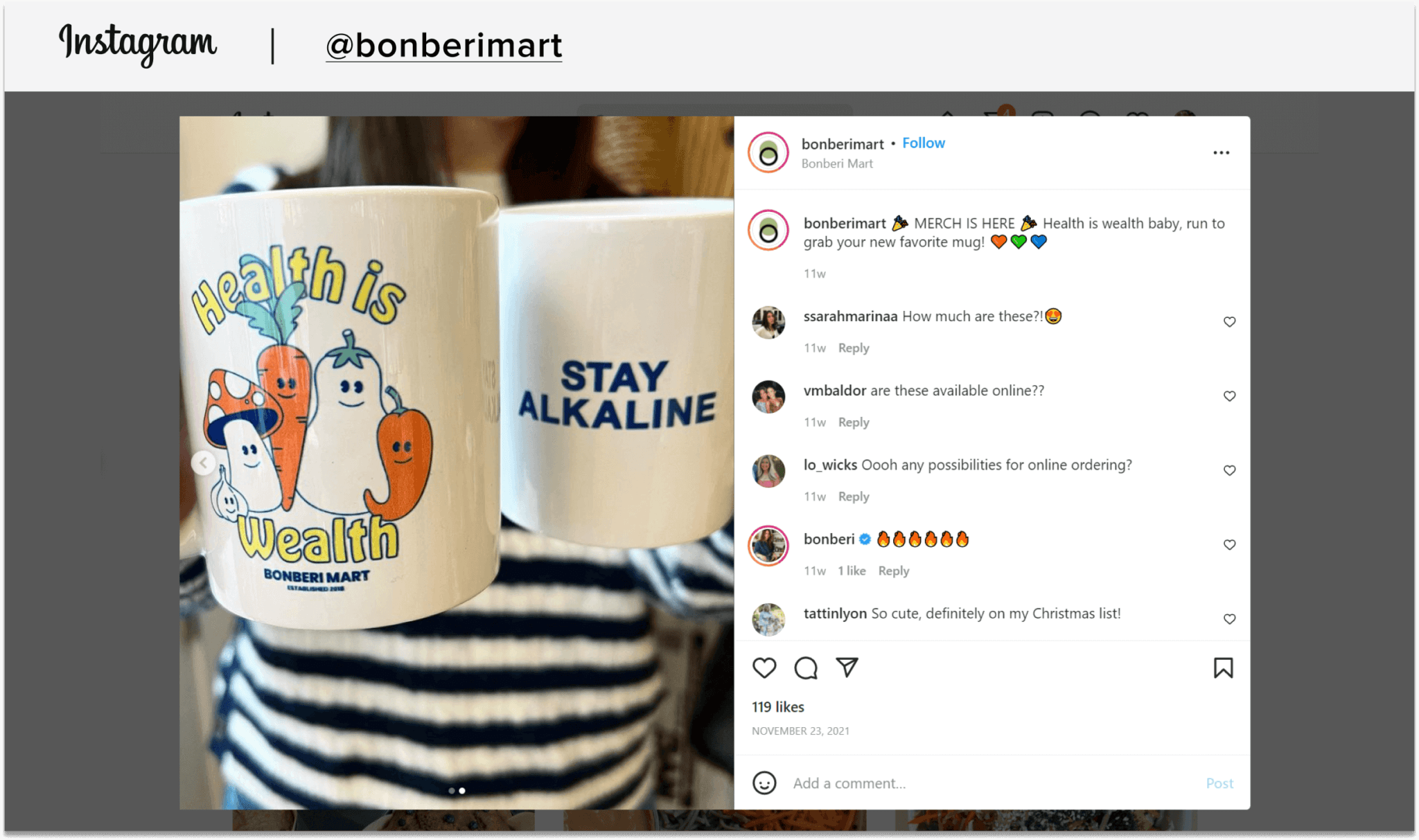
Plus, there’s a huge demand for branded clothing—people love buying merch from their favorite creators:
In 2021, the global print-on-demand t-shirt printing market size was valued at 3.9 billion USD. And, it’s only going to grow bigger as the market value is expected to reach 7.57 billion USD by 2028!
According to a report by the Grand View Research, the major factor behind the print-on-demand t-shirt market growth is the increasing demand for branded t-shirts with logos or slogans.
For instance, merch has become especially popular in the live streaming world—viewers love to show off who their favorite Twitch streamers, YouTubers, or TikTokers are by wearing their merch. So, if you have a decent following, you definitely shouldn’t miss out on monetizing your audience with merch.
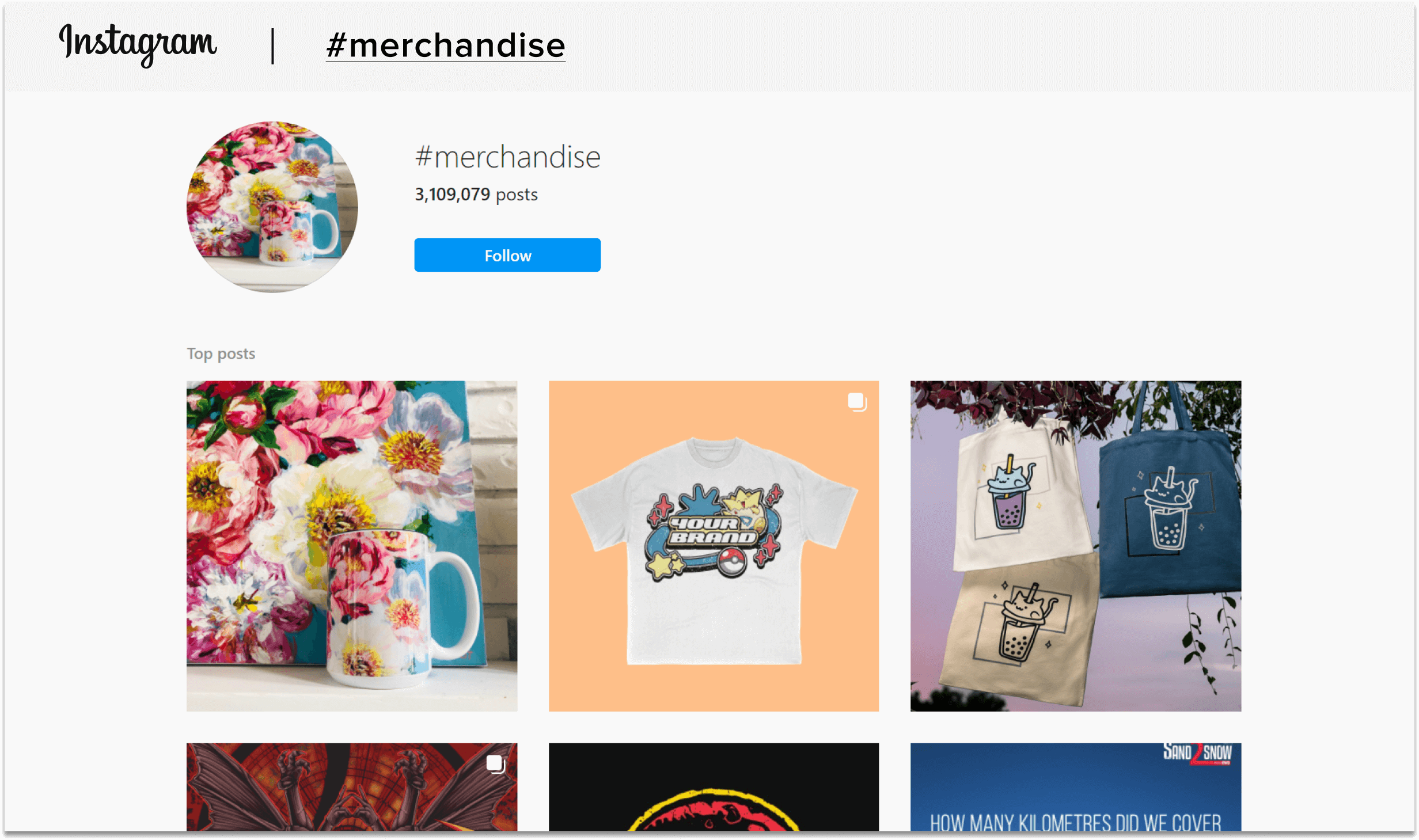
Some of the best-selling merch categories in order of popularity:
- Custom clothing (t-shirts, sweatshirts, hats, hoodies, leggings, socks, etc.)
- Accessories (stickers, phone cases, etc.)
- Home goods and decor (wall art, mugs, etc.)
Another great thing about selling print-on-demand merch is that you won’t need to hold physical inventory. Your only potential expenses would be graphic design services (unless you’re an artist), or eCommerce platform fees.
However, you can always add your expenses to the product price, or adjust your profit margins—the higher you set your prices, the higher your profit will be.
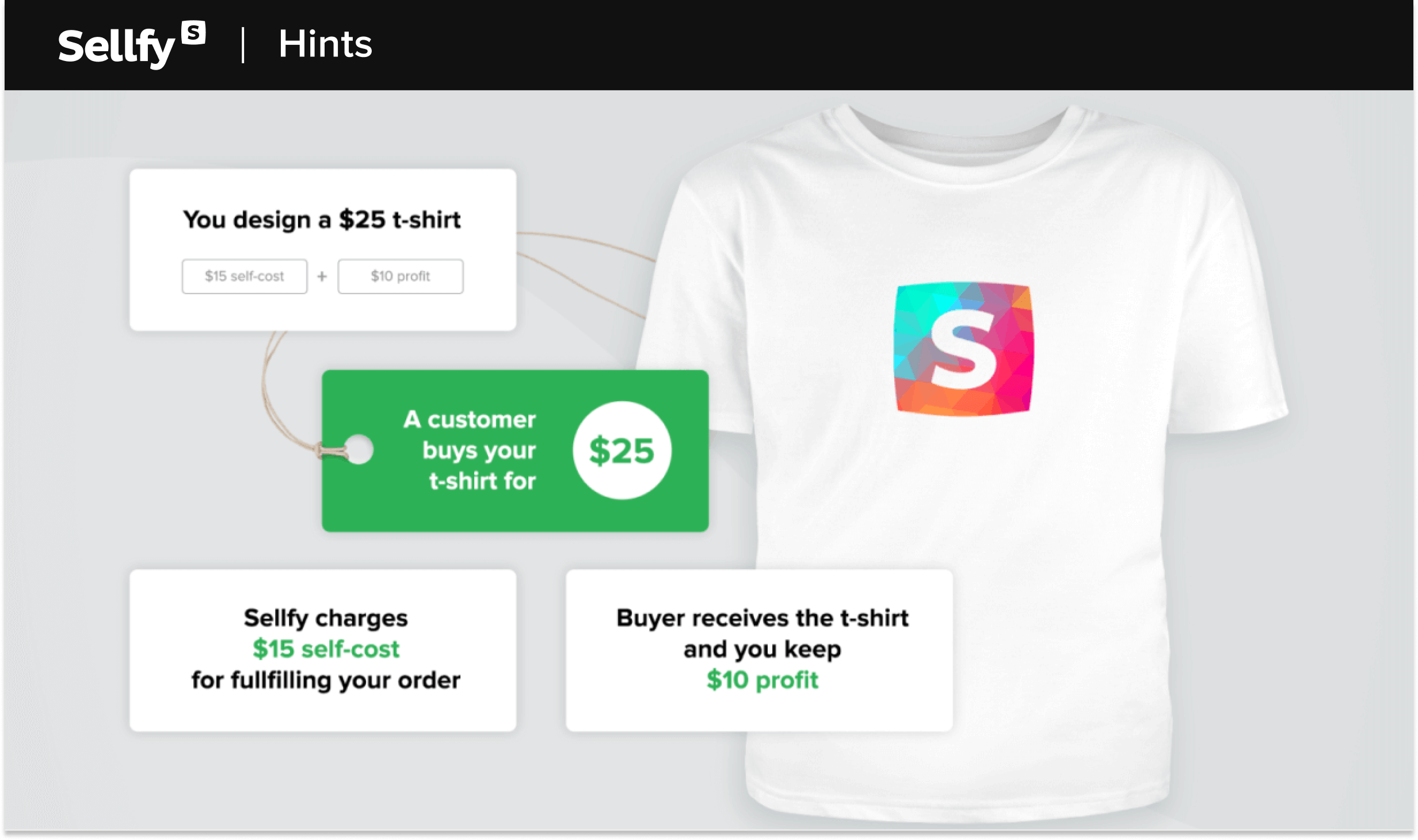
Other reasons why print-on-demand merch is a great way to monetize a fan base:
- No start-up costs—you don’t have to financially invest in product manufacturing.
- No logistical issues—order fulfillment, printing, and shipping are handled by the POD partner.
- No minimums—you can sell an unlimited amount of POD products to any market or audience.
To sell merch online, you can open a print-on-demand shop with Sellfy.
For example, graphic designer and visual artist Marc Aaron Senoner uses Sellfy’s print-on-demand service to sell artwork on clothing. In his Sellfy store, you’ll find t-shirts, tank tops, sweaters, and other types of merch products with his designs.

Here’s a full list of Sellfy’s print-on-demand categories:
- Men’s, women’s, and kids’ clothing (jackets, sweatshirts, hoodies, tank tops, long-sleeve tees, bodysuits, etc.)
- Hats (custom print and embroidery on caps and beanies)
- Bags (backpack, laptop sleeve, fanny pack, and tote bags)
- Home & living (embroidered apron, water bottle, spiral notebook, canvas, posters, mugs, and stickers)
- Phone cases (iPhone and Samsung)
3. Get paid for exposing your audience to products that you love
Paid sponsorships by brands are normally given to social media influencers with a large following, online presence, or network. If you fall in that category, then paid sponsorships might work for you as brands are always on the lookout for influencers to review their products.
For example, if you’re an experienced photographer, your audience will definitely appreciate your take on photo gear. Or, if you’re a skin care expert, then you could strike a deal with a skin care brand, test the products, and do a review.
Brands realize that influencer marketing is a highly effective way for gaining their customers’ trust. However, they also want to know that you share their values and that your brand vision aligns with theirs, or that you have the same target audience.
So, if you already have a follower base in a certain niche, you can contact companies or brands directly via email or social media (such as Instagram) to initiate paid sponsorships. Or, use YouTube BrandConnect to find sponsorships by category.
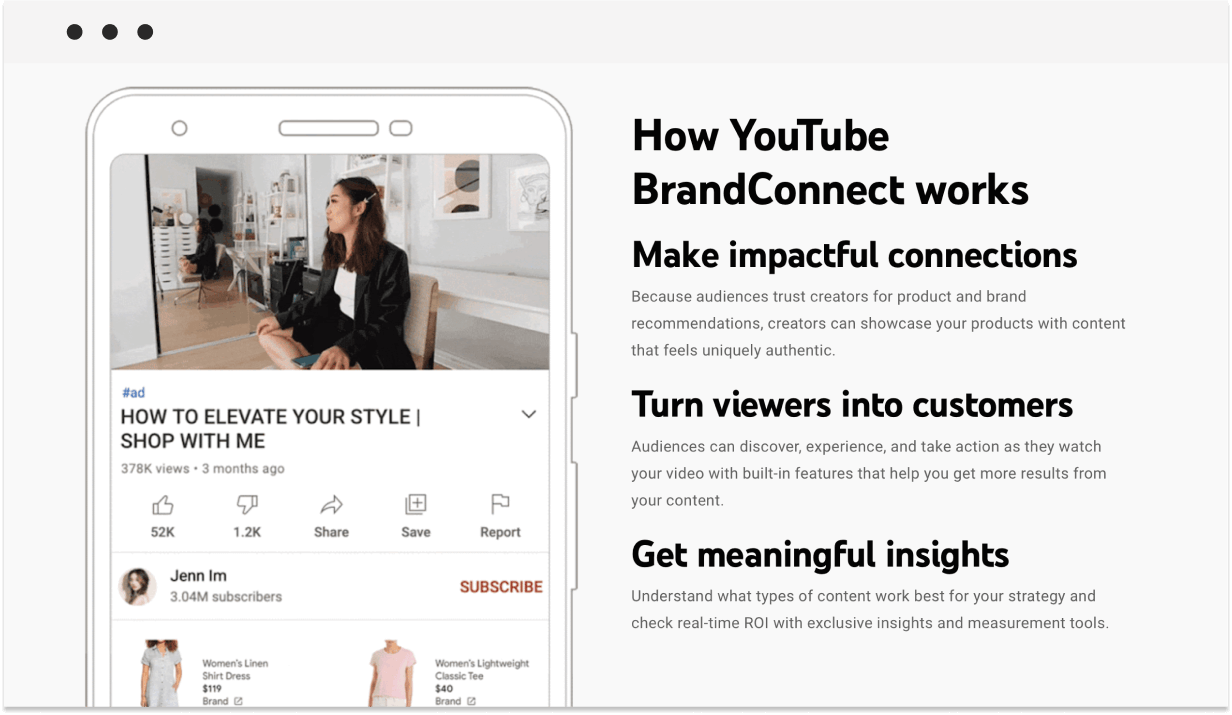
4. Diversify your income sources with affiliate marketing
Business Insider estimates that by 2022, affiliate marketing content will generate $8.2 billion in revenue in the US. In addition, about 7.5% of all online purchases are made by using affiliate links or codes.
The number of affiliate purchases will also continue to rise as cross-border online shopping keeps on growing. So, how can you use affiliate marketing to your advantage?
Here are the top sites and platforms for affiliate marketing:
- TikTok—did you know that you can join TikTok Shop Affiliate and earn affiliate commissions? This option is available for creators that have a TikTok Pro Account, which gives access to the Creator Portal and the Creator Marketplace. The portal feature articles on how to get paid to create as well as guides on how to score brand deals. And, the marketplace is the official collaboration platform for connecting brands and creators on TikTok.
- Amazon—the Amazon Associates Program might be a good choice for you if your channel doesn’t have a specific niche, or on the contrary, has a very specific niche. There’s something for everyone on Amazon: beauty lovers, tech gurus, literature fans, gardening enthusiasts, etc. Just choose the products that fall in your niche.
- Twitch—joining the globally available Twitch Affiliate Program is the best option for Twitch streamers. Twitch affiliates can earn revenue from ads, bits, and subscribers.
- Tripadvisor—the Tripadvisor Affiliate Program is perfect for travel vloggers and digital nomads. A minimum 50% commission of the gross revenue is generated when a user clicks on a trackable affiliate link that sends them to a Tripadvisor partner site.
- ShopStyle—are you a trend-setter or a fashion blogger? With the ShopStyle Collective Program, you can share your outfit with your audience and earn a 75% commission from it.
- Adobe—popular among artists, the Adobe Affiliate Program lets you promote Adobe Creative Cloud, Adobe Stock, or Adobe Document Cloud. You can choose whichever program suits the interests of your audience and make a review, tutorial, or anything else related to the program.
- Sellfy—if you’re a YouTuber, you can even earn commissions with the Sellfy Affiliate program! Here’s how it works: for every new user that signs up for a paid Sellfy plan using your affiliate link, you’ll get a 25% lifetime commission.

5. Got a viral video? It’s time to monetize it with ads!
We’re living in a world where the primary medium is video. So, if you’re a video creator or streamer, and your channel has video content that has gone viral, then it may be worth monetizing it with ads.
For instance, you can earn from:
- In-stream Facebook ads or reels
- YouTube video ads
- TikTok ads
One of the most common examples of ad-based video-on-demand is the YouTube Partner Program where creators get paid for ads that are integrated into their videos. Monetizing your viral video with ads is arguably the easiest way to make money on YouTube.
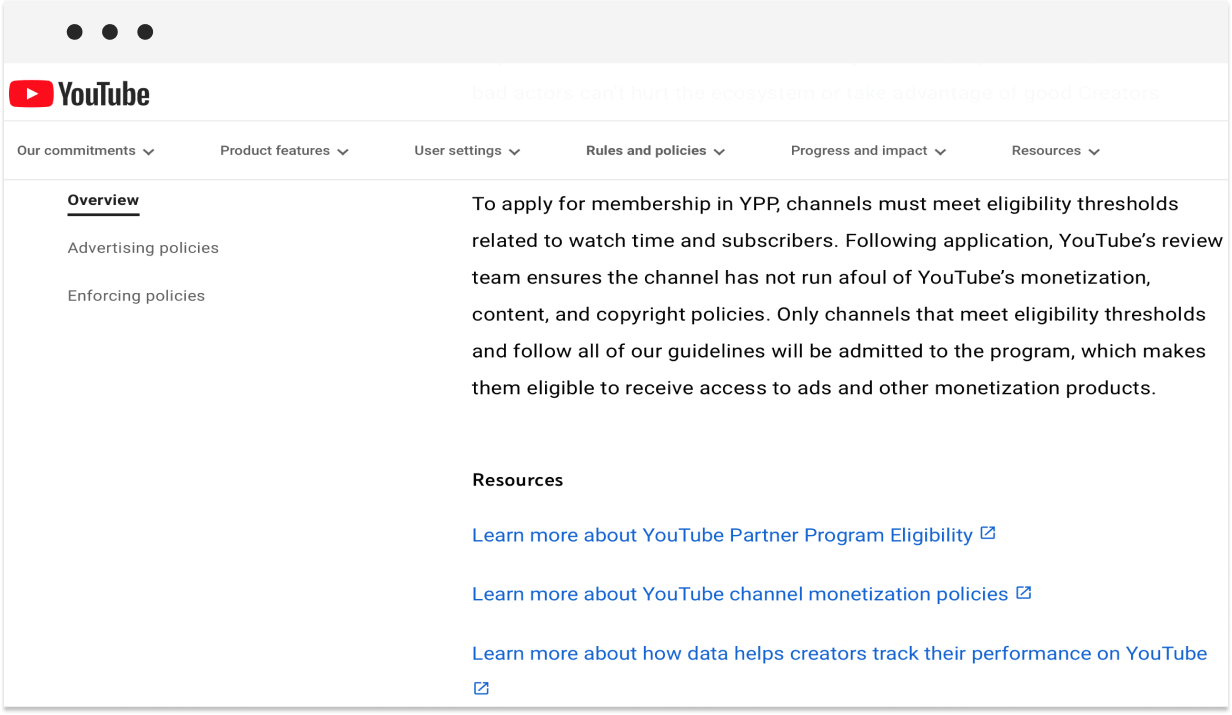
Once your channel has reached a certain threshold (4,000 watch hours in the last 12 months and 1,000 subscribers), you’re eligible for the YouTube Partner Program, which will enable you to connect your YouTube account to a Google AdSense account.
It’s pretty simple:
YouTube will run an ad before or during your video and you get paid for the views. However, you’ll need a significant amount of views to generate a substantial income.
Another great social media platform that can help creators like you monetize your audience is TikTok. TikTok’s unique algorithm has made it possible for creators to reach an audience of thousands, if not millions, in just a few months.
So, if you’re a TikToker, then you can use TikTok Ads Manager to create and manage up to five different types of paid advertising. The most common type of TikTok ad is the in-feed ad. This allows you to create a short video that will show up on a user’s For You page, which can help you monetize TikTok followers.
6. Turn your social media into a gold mine of potential customers
Another way to grow and monetize an engaged community is to use social media. I know this sounds like a no-brainer, but you’d be surprised how many creators miss out on the many marketing opportunities that social media provides.
Here are the top social media strategies shared by successful Sellfy creators:
- Showcase, don’t tell. Honestly, there’s no better way to announce a product or service than to showcase it in your photos and videos. A visual demonstration of your product can increase sales by 50%.
- Don’t miss out on the latest Instagram or TikTok trends. If you have one or both of these apps, be sure to use popular songs and filters in your videos to monetize Instagram followers (or TikTok). For example, Ashley Renee’s TikTok following exploded after she started using trending songs in her food videos!
- Generate leads with social proof. 90% of people tend to trust social proof more than anything else, so why not let your family, friends, and customer base do you a favor and spread the word?
- Share your store link in your bio or captions. This goes without saying, but don’t forget to let your audience know about your online store in your captions or profile bio. Add links to your store on all apps or platforms where you want to reach your audience.
- Use a branded hashtag & encourage tagging. Create a hashtag for your brand, add it to your profile bio, and encourage fans to tag you in their content, e.g. “use my #brandedhashtag to get featured in a post!”
- Gamify your content. Hold contests, or come up with quizzes, questions, and interesting polls to increase audience engagement. For example, you can create polls using Instagram Stories.
- Film your lifestyle. Your followers want to see that you’re more than just a business or brand. So, take them behind the scenes, or go all out and vlog your entire lifestyle—make people feel connected with you.
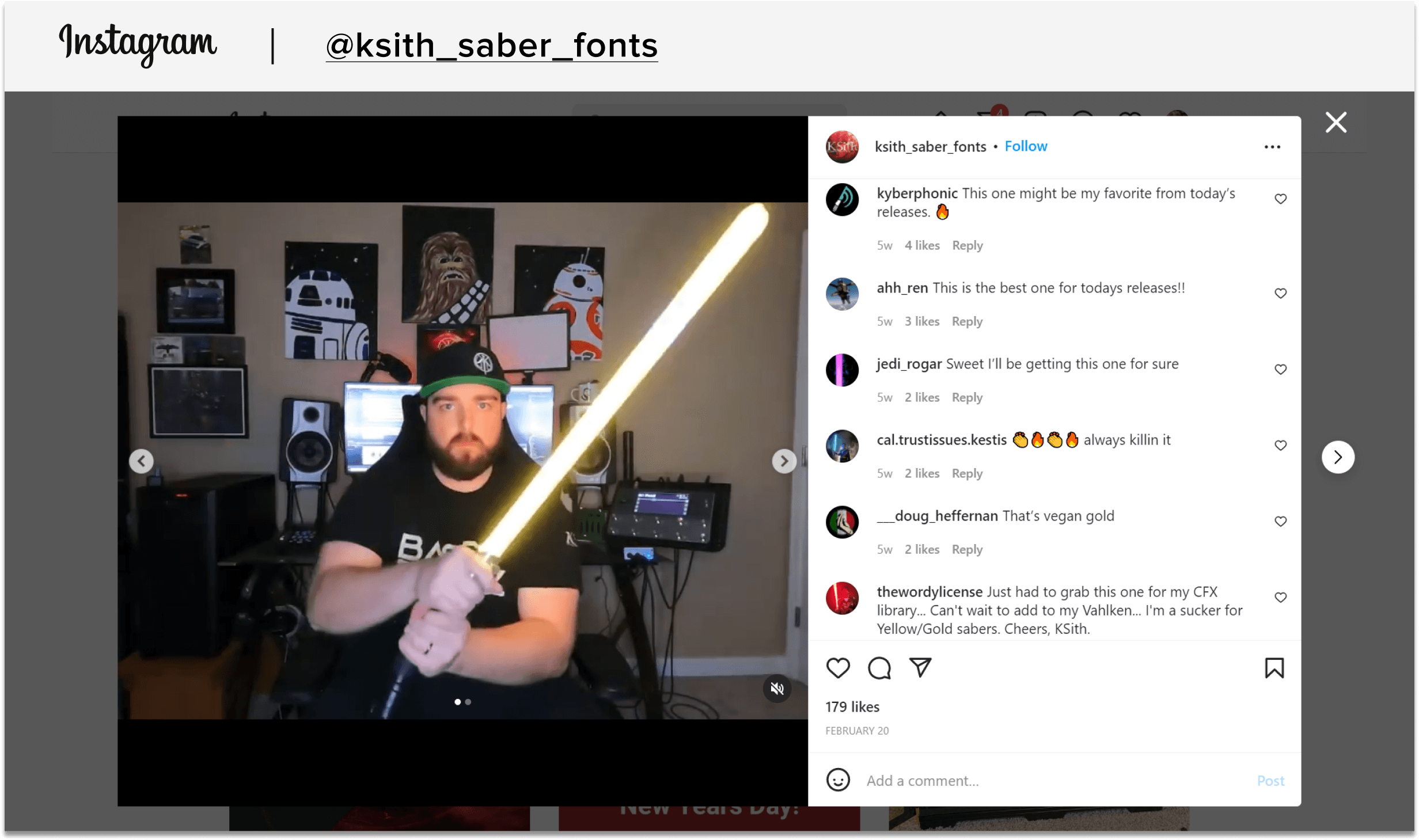
You know what else works incredibly well? An Instagram giveaway! People love free stuff—giving out something for free is a great path to audience monetization. To find out how to do that, check out our blog post on how to run Instagram giveaways.
If you have a Sellfy store, then you can easily do a giveaway with Sellfy: you can either upload freebies in your store or use Sellfy’s coupons and discounts feature to create and launch a time-sensitive giveaway.
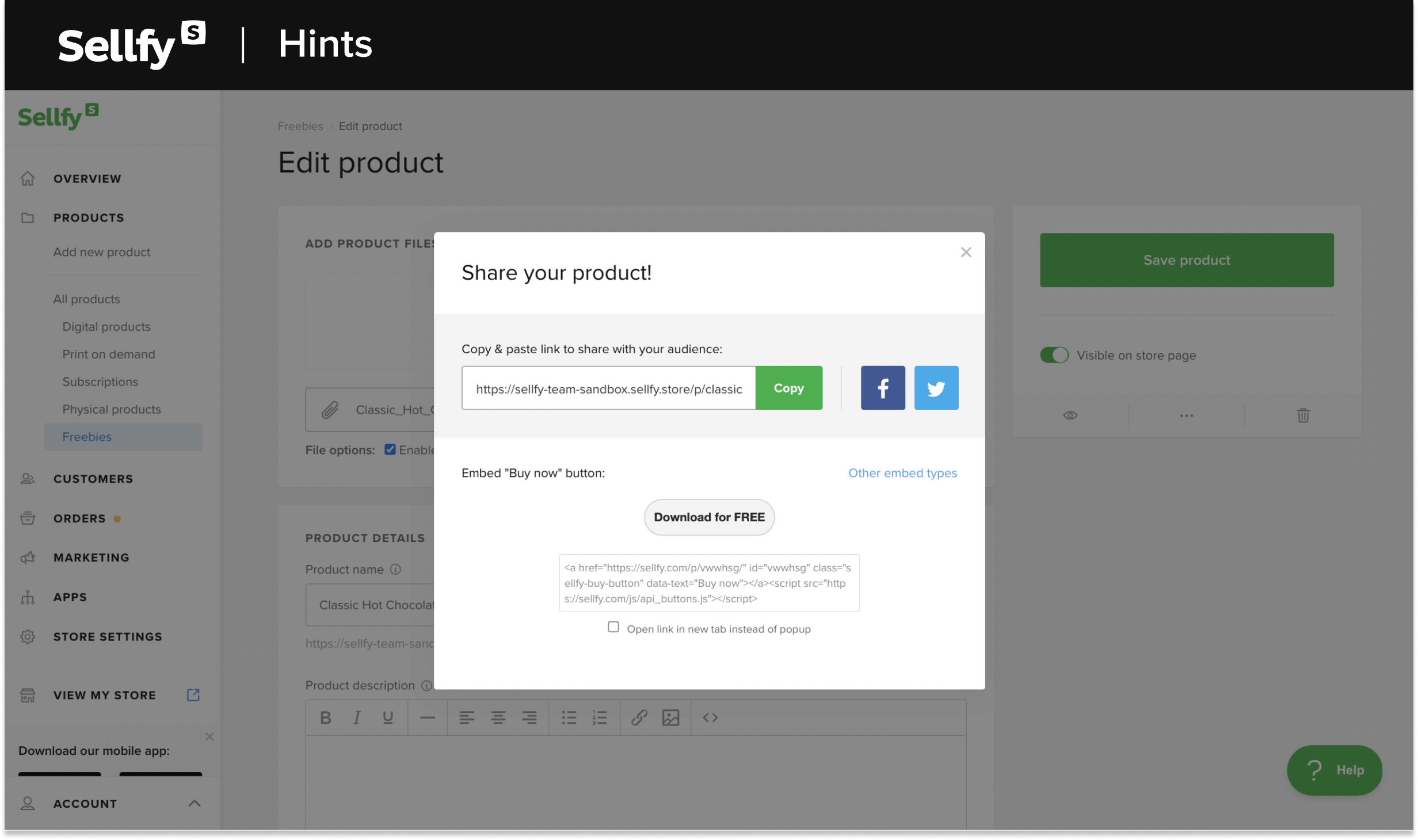
Not only will this boost your store traffic, but it will also encourage more people to try out your products and tag you in their social media posts.
For example, Sellfy creator Kaiwan Shaban managed to drive an enormous amount of traffic to his store by giving out freebies on social media:
“I collected around 100,000 emails by giving out freebies. This helped me get more than 1.3 million visits to my Sellfy store, so I think that’s a great marketing strategy.”
Another Sellfy creator, Jack Cronin, has successfully used the same marketing tactic. He recommends giving out freebies to easily grow your business:
“Don’t be afraid to post stuff for free! I’ve gained thousands of emails from just sharing free stuff over the years. Later on, you can always start pushing products that cost money and get some sales.”
Create a reliable monetization strategy & act on it
How will you monetize your content and convert followers into paying customers? The best way to do that is to have a reliable monetization strategy for your niche.
For instance, if you’re a travel vlogger, then you could put together a series of travel guides for different destinations. Or, if you’re good at cooking, then you could sell cookbooks, meal plans, and recipes.
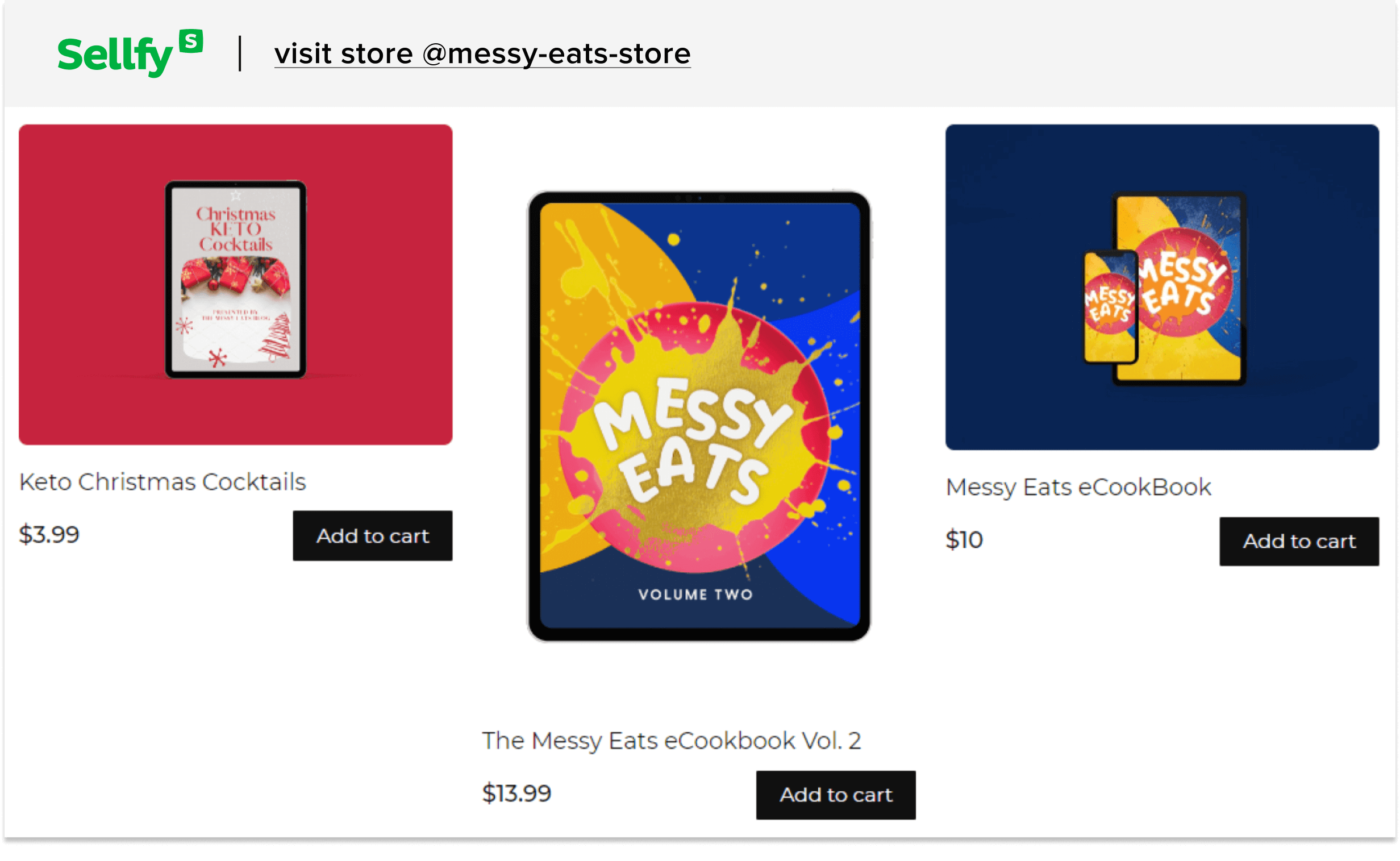
If you’d rather sell merch, then you could experiment with all sorts of concept ideas like athleisure (for fitness lovers), or kitchen aprons (for food lovers).
Coming back to digital products, there are two types of digital monetization strategies:
- Transactional (digital downloads such as eBooks, audiobooks, programs, spreadsheets, templates, guides, PDFs, etc.);
- Subscriptions (membership sites, magazines, podcasts, webinars).
Now, let’s take a look at some real examples of what types of monetization strategies have worked best for certain Sellfy creators.
Fitness
As a mother of four, Ashley Keller was always frustrated by the lack of challenging parental workouts available online. That is how she got the idea for GlowBodyPT.
Later, she got certified as a Personal Trainer and Prenatal & Postnatal Exercise Specialist, dug into peer-reviewed research, and started crafting her own workout routines. Now, she sells post-natal PDF workout programs and meal plans to her 100K+ YouTube audience.

Food
Sellfy store The Expat Kitchen sells a special cookbook with individual recipes from all over the world. This cookbook also includes a shopping list, wine pairings, and even a playlist. I don’t know about you, but that sounds like a super fun cookbook to me!
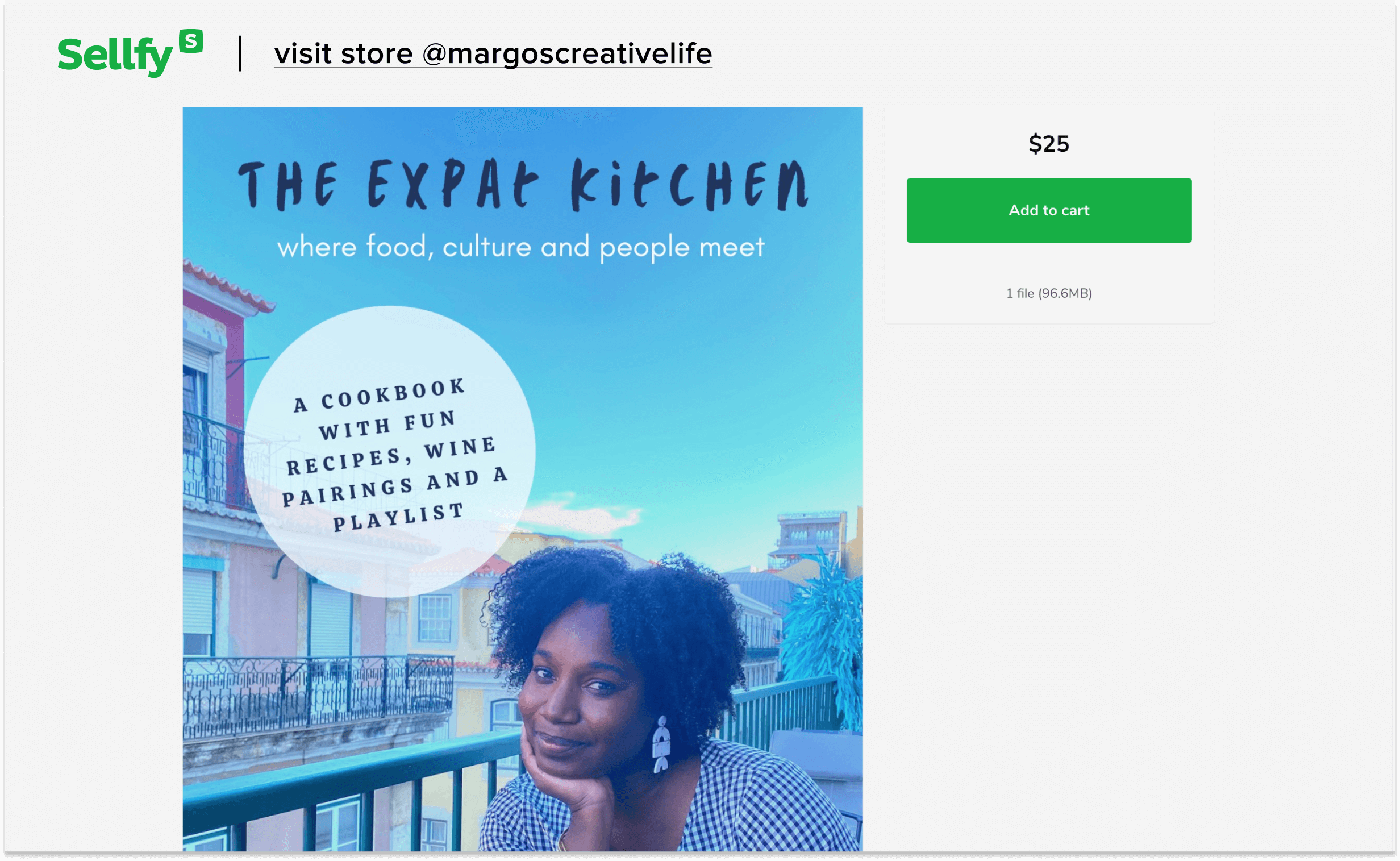
Graphic design
If you’re an artist, you could sell custom art or graphic design resources such as premade logos, wallpapers, backgrounds, digital portraits, etc.
For example, in his Sellfy store, graphic designer Clint English sells a whole bunch of graphic design resources as well as merch mockups to other creators.
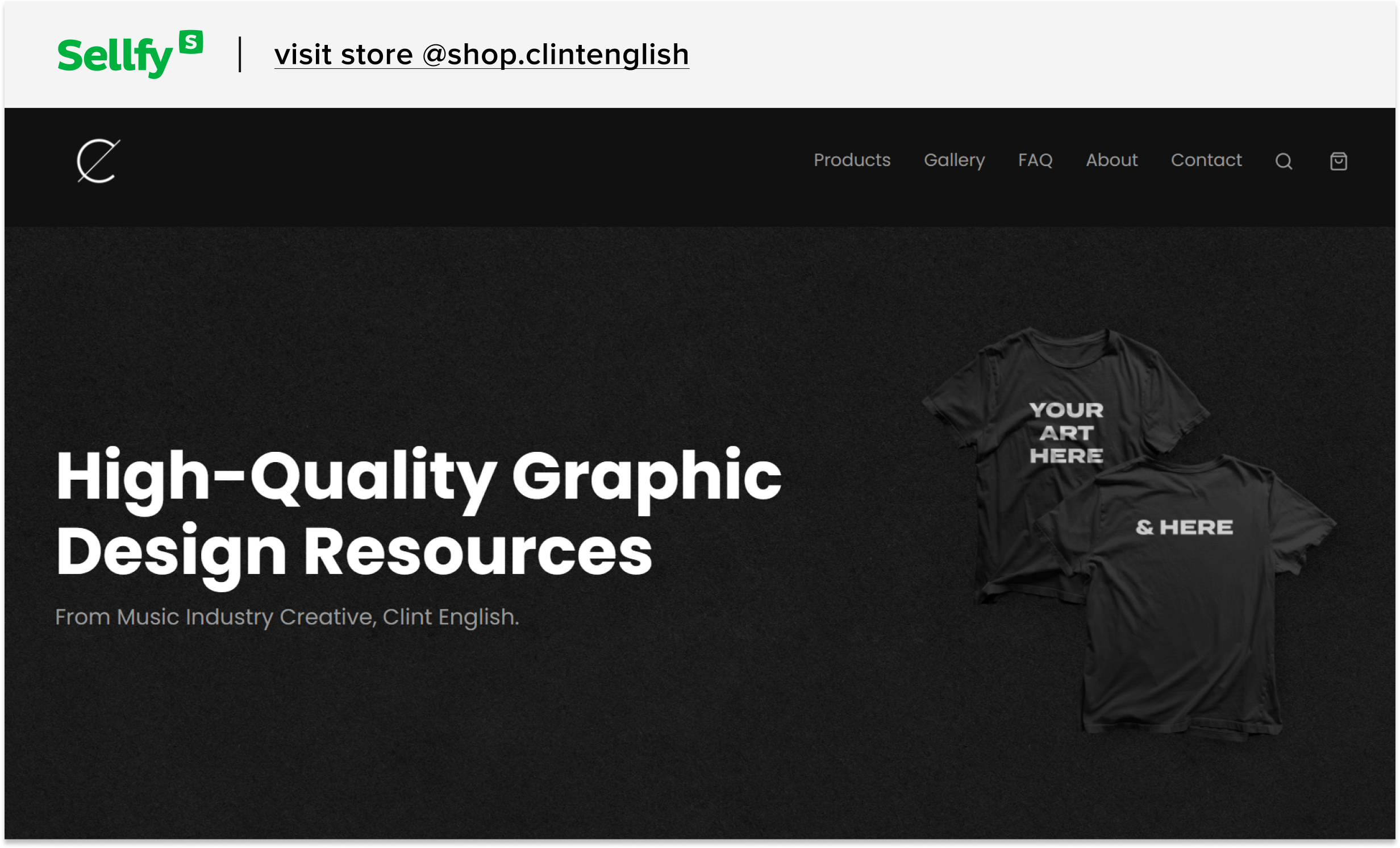
Educational
When Sellfy creator Emma Chieppor (Excel Dictionary) first started sharing her Excel tips and tricks on TikTok, she almost got a million views during her second week on the app. Realizing that Excel guides were in high demand, she designed her first Excel Dictionary eBook in Canva. She now sells not just one, but several Excel guides to her TikTok audience.
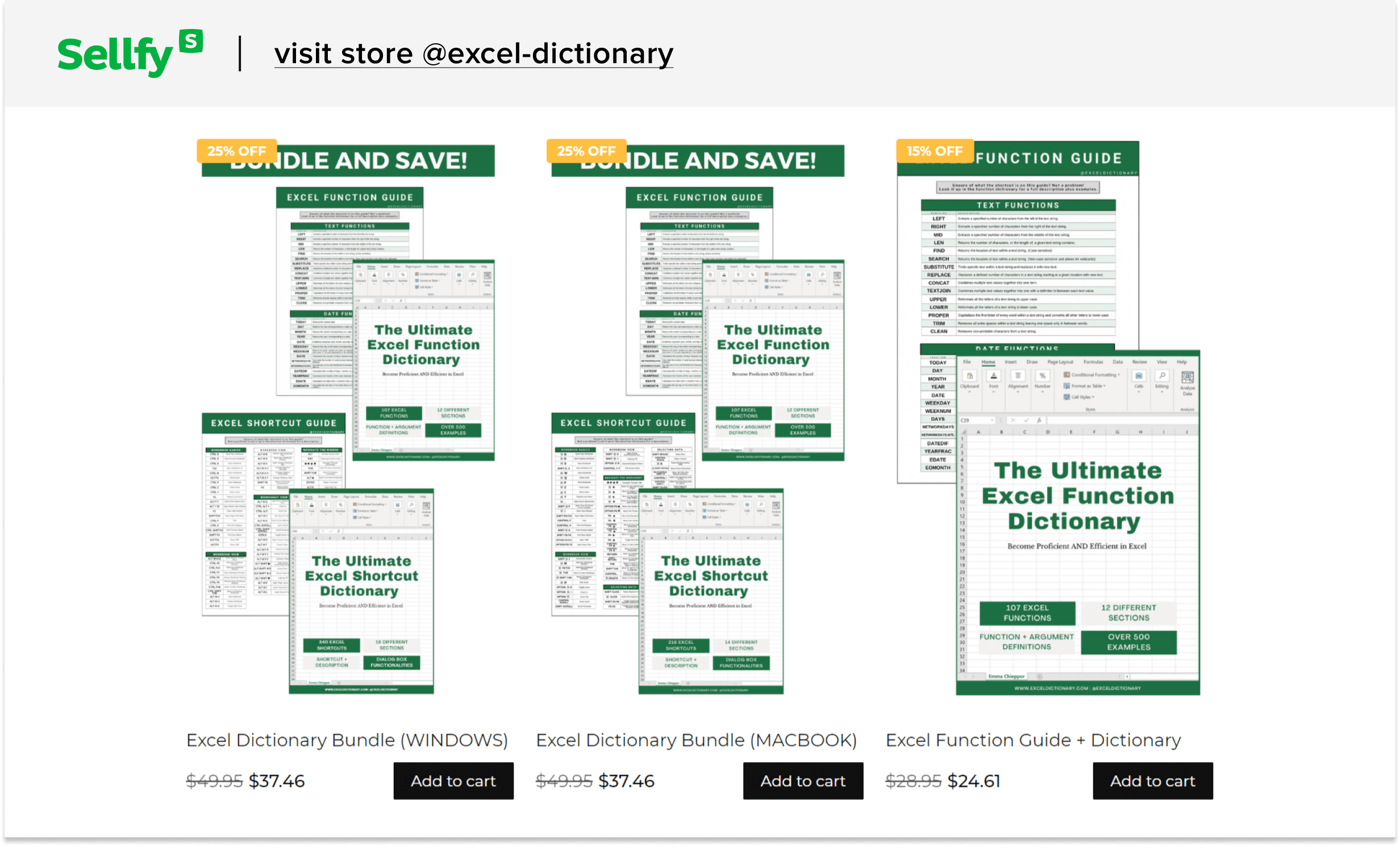
Be smart: plan & schedule your social media content in advance
I’m sure you’ve seen those sponsored Facebook posts that sell social media content planning or scheduling tools for creators.
The fact that there’s a market demand for this is an indication of how important it is to plan your content in advance.
Not only does it take some considerable weight off your shoulders, but it also ensures that your business stays afloat in the months to come—after all, smart creators know that fans like consistency.
And, according to top Sellfy creators, that is the key to success.
So, let’s say you’re going to launch a merch store soon. Start creating relevant content around it at least 2-3 months in advance: videos showcasing your merch, photoshoots of the designs or the creation process, etc.
Turn your idea into a script or storyboard. Come up with a plan that covers every aspect of your product and then execute when you’re ready. And, last but not least, don’t forget to use content planning tools!
Here are a couple of tools to help you plan and schedule your content in advance:
- Boards—a free app that allows you to customize your keyboard by adding text scripts, photos, videos, links, PDFs, and all sorts of content through an easy-to-use editor. With a custom keyboard, you won’t have to browse through your files anymore to look for specific message templates or a YouTube link—it’ll literally be a part of your keyboard. This is a lifesaver for content creators who post a lot on social media.
- Notion—a free platform that is disguised as a simple note-taking tool but, in reality, can help you do all of the planning, drafting, note-taking, outlining, analyzing, scheduling, track keeping, and even project management—all in one place.
- Canva—an easy-to-use free design tool for anyone who isn’t an experienced designer. With Canva, you can design anything you need in a matter of minutes, including presentations, social media posts, infographics, resumes, newsletters, logos, and even YouTube intros. Canva also offers a library of stock elements, photos, videos, and templates for every need.
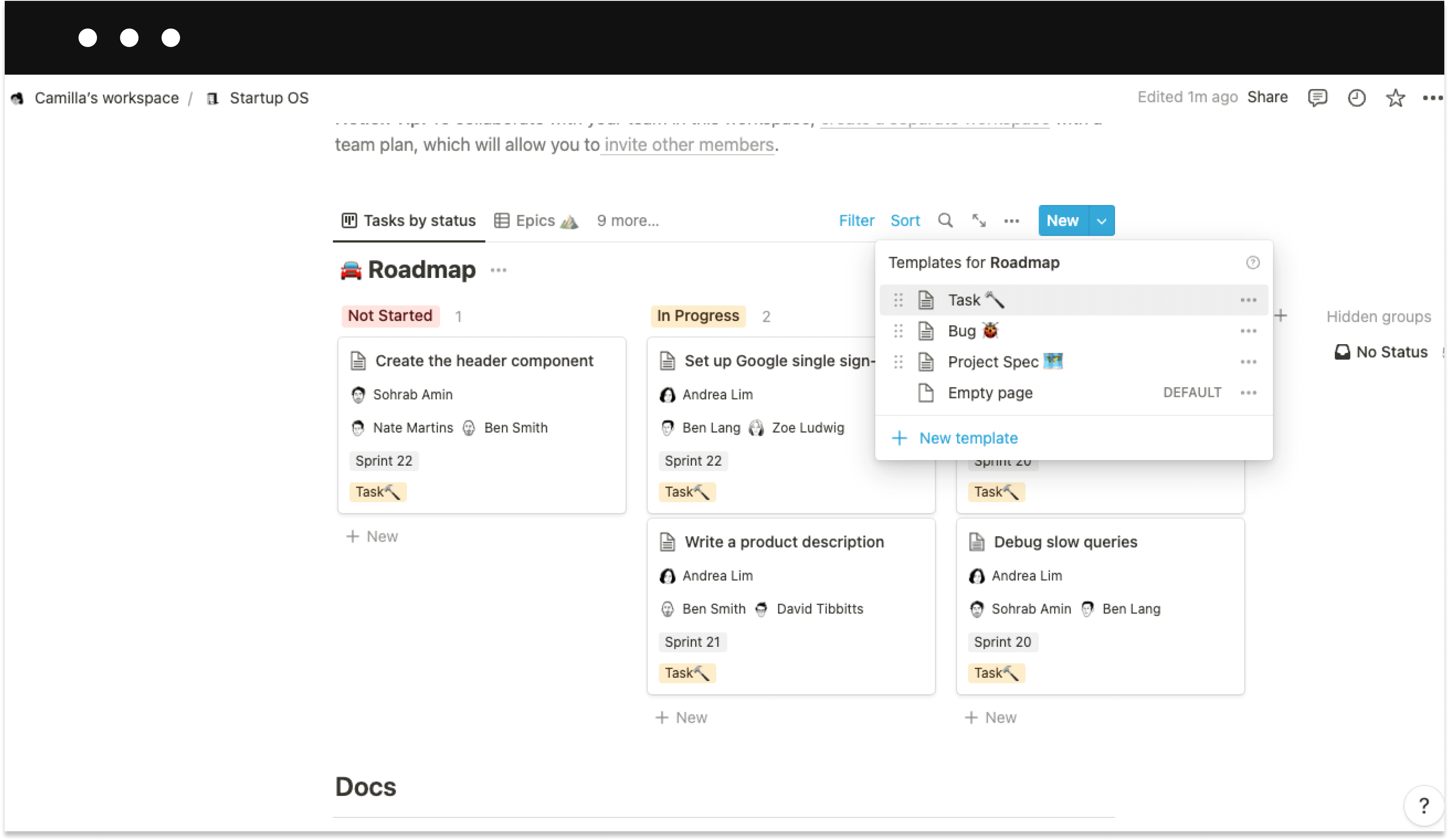
All the wisdom you need from 60K+ creators
I hope you found this article helpful! Now you know exactly how to monetize your audience, earn passive income, and grow your business.
To learn more about making money with digital, physical, and print-on-demand products, make sure to check out our blog for useful tips and tricks.
Do you have more questions? Sellfy Help Center has answers to the most frequently asked questions, and you’re always welcome to reach out to our support team at [email protected] at any time.






